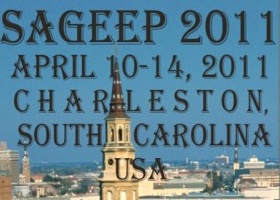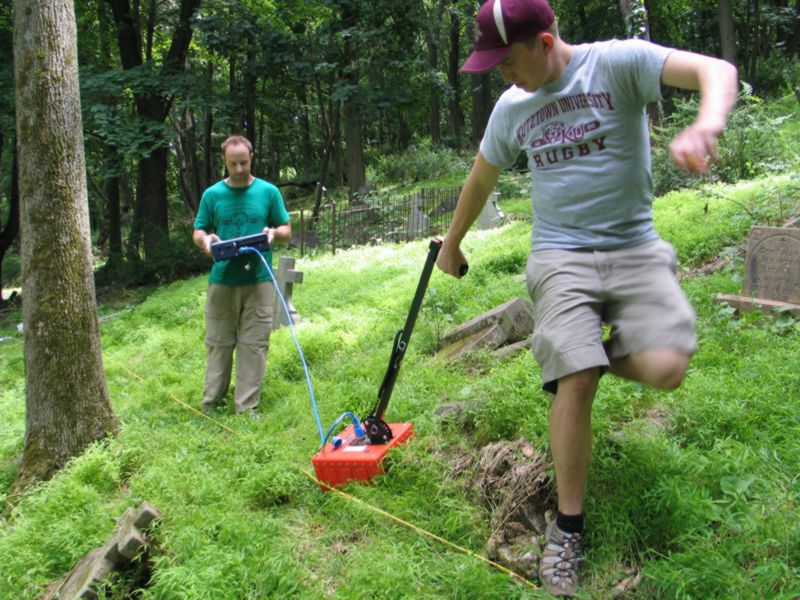
 Geophysical
Investigations at a Potential Mass Grave Site in Bethlehem,
PA
Geophysical
Investigations at a Potential Mass Grave Site in Bethlehem,
PA 
 Geophysical
Investigations at a Potential Mass Grave Site in Bethlehem,
PA
Geophysical
Investigations at a Potential Mass Grave Site in Bethlehem,
PA Messler, Charles, Sherrod, Laura, and Higgins, James, 2011, Geophysical Investigations at a Potential Mass Grave Site in Bethlehem, PA [abs]: Symposium on the Application of Geophysics to Engineering and Environmental Problems - Charleston, South Carolina (10-14 April 2011).
 During
the
winter
of 1918-19 there was an outbreak of Spanish influenza in
Bethlehem, PA. The city was based around the steel industry and had
seen a large surge in production and therefore population during the
First World War. The outbreak is documented to have claimed nearly
two
hundred lives, although the accuracy of this number has been
questioned
by some. Those hardest hit were the poor working class. This group
of
immigrant workers had few or no relatives living in the area, and
thus
no one available to make funeral arrangements. The task was
appointed
to the city, or done through the church of the deceased. Records
from
this time period are incomplete, but there is evidence that suggests
a
mass burial during the epidemic on South Mountain in Bethlehem.
During
the
winter
of 1918-19 there was an outbreak of Spanish influenza in
Bethlehem, PA. The city was based around the steel industry and had
seen a large surge in production and therefore population during the
First World War. The outbreak is documented to have claimed nearly
two
hundred lives, although the accuracy of this number has been
questioned
by some. Those hardest hit were the poor working class. This group
of
immigrant workers had few or no relatives living in the area, and
thus
no one available to make funeral arrangements. The task was
appointed
to the city, or done through the church of the deceased. Records
from
this time period are incomplete, but there is evidence that suggests
a
mass burial during the epidemic on South Mountain in Bethlehem.